Geothermal resources consist of thermal energy from the earth’s interior stored in both rocks and trapped steam or liquid water.
Zimbabwe has over thirty natural hot springs whose geothermal energy could be captured to produce electricity. Well known hot springs include Binga hot springs on the shores of Lake Kariba, Lubimbi near the Gwaii River in Matabeleland North, and Hot Springs among others. The heat produced by the springs can be used to power plants.
In 1985 the geothermal potential was acknowledged as being 50 MW. Due to Zimbabwe’s proximity to the Rift Valley region, it is reasonable to assume that geothermal power generation can be applied.
Another advantage of geothermal energy is that it can produce reliable electricity that does not depend on weather conditions.
Although no efforts have been made in Zimbabwe to explore this type of energy, there is potential for geothermal energy. The springs can work to generate electricity while at the same time continue to act as tourist attractions
HOW A GEO-THERMAL POWER PLANT WORKS:
The steam comes from hot water reservoirs found a few or more miles below the earth’s surface.
The steam rotates a turbine that activates a generator, which produces electricity.
Geothermal power plants come in three different designs;
- The oldest type is dry steam, which takes steam directly from fractures in the ground to drive a turbine.
- The second one is a flash plants which pulls high pressure hot water from underground and mixes it with cooler low-pressure water to create steam that is used to drive a turbine.
- Lastly, binary plants use hot water passed through a secondary fluid that has a lower boiling point than water. The secondary fluid is turned into vapour which drives a turbine. Most future geothermal power plants are expected to be binary plants.
Text By Patuma Salimu

